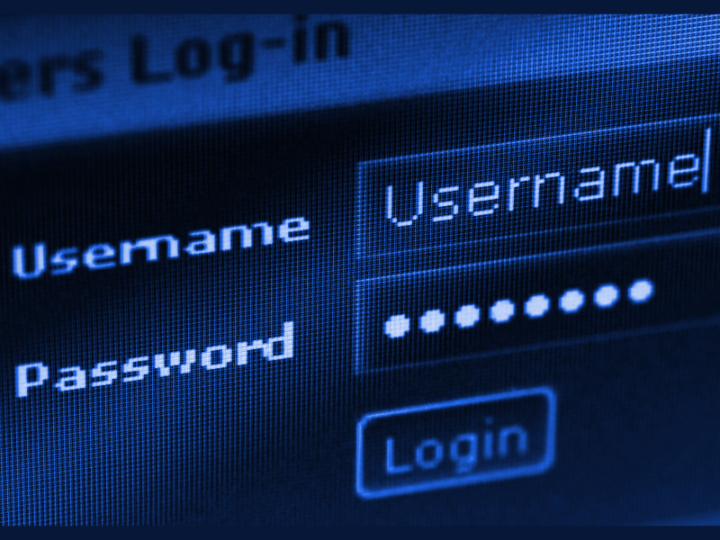As healthcare organizations adopt digital technologies and cloud services, the need for secure identity access management systems becomes more apparent.
Identity and Access Management (IAM) is a crucial solution that addresses these pressing challenges. IAM in healthcare provides a comprehensive approach to managing digital identities and controlling access to critical IT resources.
This article explores the significance of identity and access management in healthcare, its key components, and best practices for meeting industry and data privacy requirements.
Table of Contents

The Significance of IAM in Protecting Patient Data
Healthcare organizations handle massive amounts of sensitive patient information, including medical history, diagnostic plans, and prescriptions. Protecting this data from cyber threats and unauthorized access is vital to maintaining patient privacy and confidentiality. IAM ensures that only authorized personnel can access protected health information (PHI) through a secure connection.
The current cybersecurity landscape makes IAM even more vital in healthcare. As a VentureBeat report highlights, the relentless innovation of cyber attackers makes cybersecurity defenses implemented in previous years weaker and more vulnerable to attacks. In fact, 71% of cybersecurity leaders reported experiencing three or more security incidents in the past year. Moreover, the growing reliance of organizations on multiple cloud services makes them attractive targets for attackers, leading to increased credential harvesting attempts.
Thus, IAM in healthcare is crucial for organizations to maintain control over their users and ensure the security of sensitive patient data.
Key Components of an Effective IAM Framework
IAM acts as a centralized and shared service that manages digital identities and grants access based on the principle of least privilege.
The following are the key components of Identity and Access Management in healthcare:
Identity Governance and Administration (IGA)
IGA focuses on the policies and procedures to efficiently manage digital identities and control access to critical systems and information. Developed in response to regulatory mandates like HIPAA, it provides consistent business processes for reviewing, requesting, and approving access.
As healthcare technology advances, IGA empowers organizations to streamline access assignments, reduce IT staff workload, and maintain compliance with industry regulations. Planning and implementing a long-term IGA solution is essential for creating a robust security infrastructure protecting sensitive patient data.
Access Management
The Access Management component enables secure user access to protected applications. According to Cloud Security Alliance, a strong IAM policy should use Access Management Components to verify digital identities and ensure secure access.
Here are some of the essential access management components:
- Role-Based Access Control (RBAC) – aligns access privileges with job functions. Using RBAC ensures that users have only the necessary access required to perform their duties, reducing the risk of breaches and unauthorized data access.
- Multi-Factor Authentication (MFA) – adds additional layer of security by performing multiple forms of user validation steps before granting access to sensitive data or apps. In healthcare, MFA is vital for protecting patient information from unauthorized access, especially when using cloud services that store confidential data.
- Single Sign-On (SSO) – establishes a secure session and allows seamless user login and access to multiple systems with just one set of login credential (i.e., email and password). SSO simplifies the login process and helps organizations manage user access more efficiently.
Privileged Access Management (PAM)
PAM manages and monitors privileged user access. Privileged accounts like system administrators, SaaS admin consoles, IaaS admin consoles, and network administrators hold elevated access privileges and are prime targets for attackers.
Accessing features such as privileged credentials, comprehensive monitoring, and quick access to critical resources is possible through PAM. These features prevent unauthorized access to critical infrastructure, cloud platforms, and sensitive patient data.

Best Practices for IAM in Healthcare HIPAA Compliance
To achieve compliance with the Health Insurance Portability and Accountability Act (HIPAA), healthcare organizations should implement the following IAM best practices:
Comprehensive risk assessment
Conduct a thorough risk assessment to identify vulnerabilities and potential security threats. This assessment forms the basis for developing a robust IAM strategy tailored to the organization’s needs.
Training and awareness programs
Educate employees about cybersecurity best practices, including password hygiene, recognizing phishing attempts, and adhering to access control policies. Having knowledgeable employees is crucial for ensuring a solid defense against unlawful cyberattacks.
Regular access reviews
Perform regular access reviews to ensure users’ access rights align with their roles and responsibilities. This helps identify and rectify any access-related discrepancies promptly.
Encryption and data protection
Use high-level encryption, such as AES-256, to encrypt sensitive patient data at rest and in transit. Doing so helps ensure data integrity and confidentiality, reducing the risk of threats like tampering and data interception.
User provisioning and de-provisioning
User provisioning and de-provisioning are integral to effective IAM in healthcare. New user identities are created during onboarding, granting them access rights based on their roles and responsibilities. When employees leave or switch positions, de-provisioning is necessary to revoke their access and prevent possible security breaches.
Continuous monitoring and auditing
Continuous monitoring and auditing help organizations immediately detect and respond to cybersecurity threats. Healthcare organizations should implement real-time monitoring to identify suspicious activities and unauthorized access attempts. Regular audits help ensure compliance with regulatory requirements and enable swift action during a breach.
Incident response plan
Develop a comprehensive incident response plan that outlines the steps to be taken in the event of a cybersecurity breach. An effective response plan can significantly reduce the impact of a security incident.
Integrate IAM Into Healthcare Systems
In the face of increasing cyber threats and regulatory compliance demands, healthcare organizations must prioritize identity and access management as a critical component of their cybersecurity strategy.
IAM solutions help healthcare providers manage digital identities, control access to critical resources, and prevent data breaches. Organizations must integrate IAM (Identity and Access Management) into their systems and processes to enhance security measures and ensure strict HIPAA compliance.








